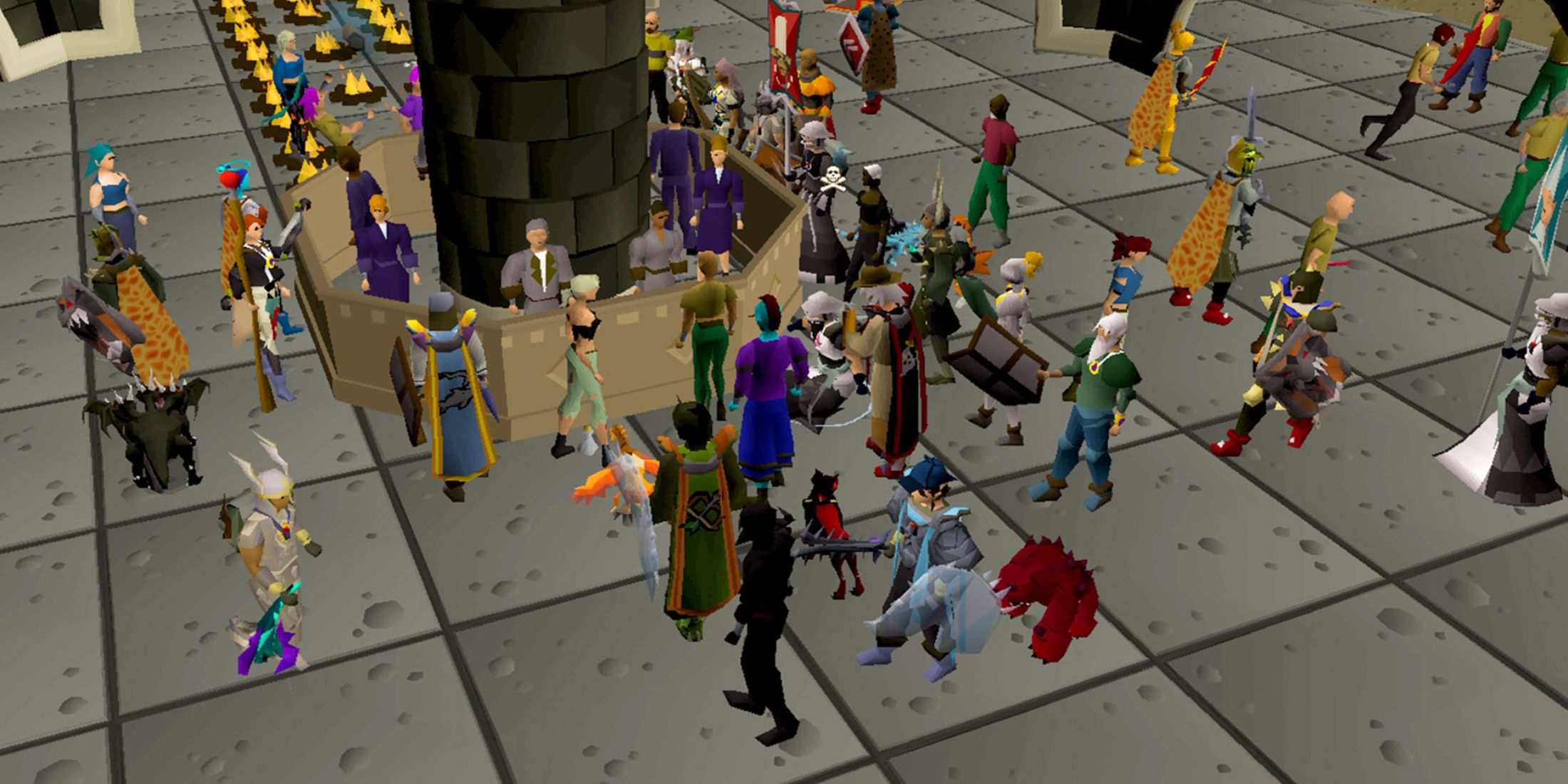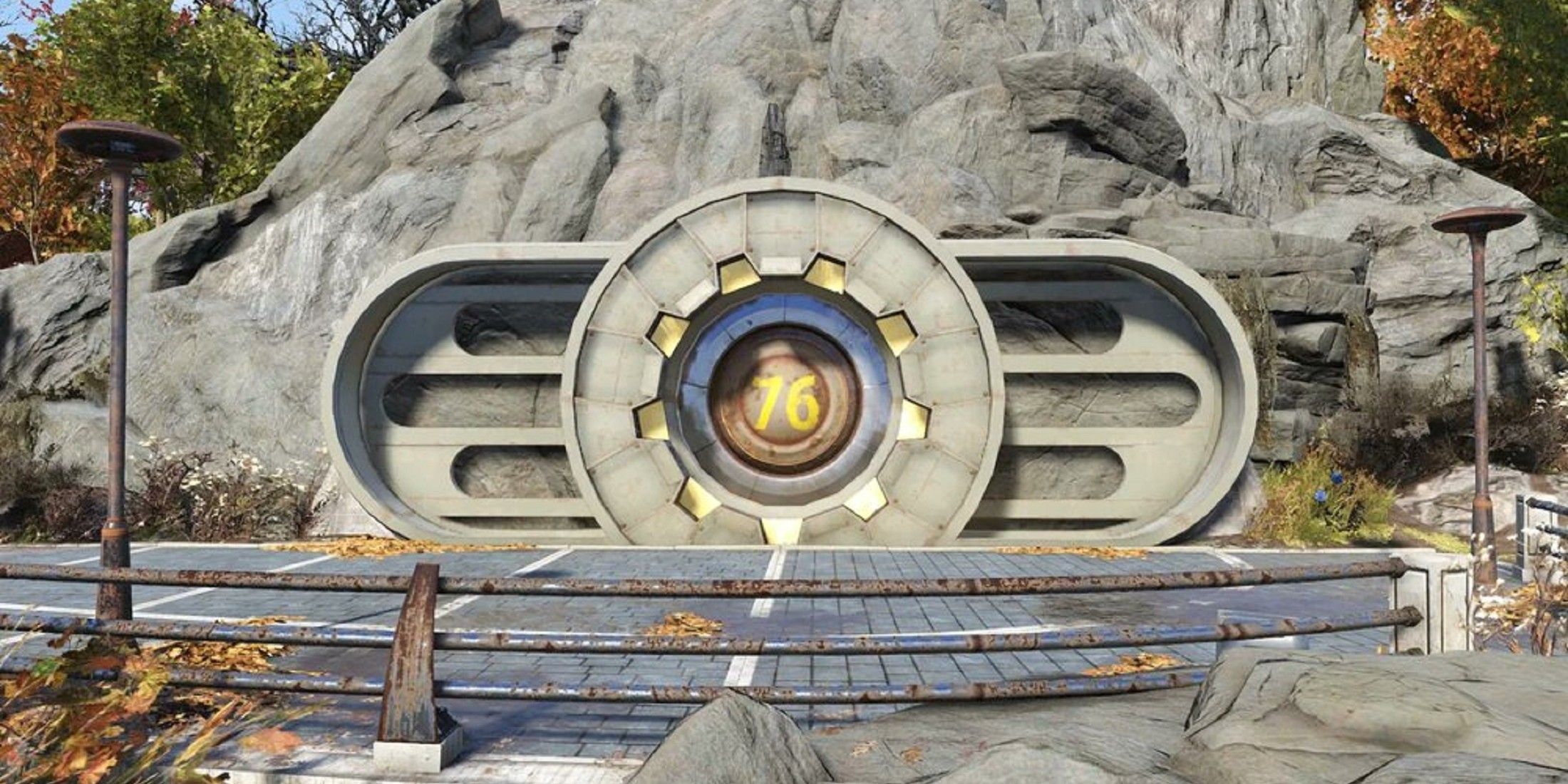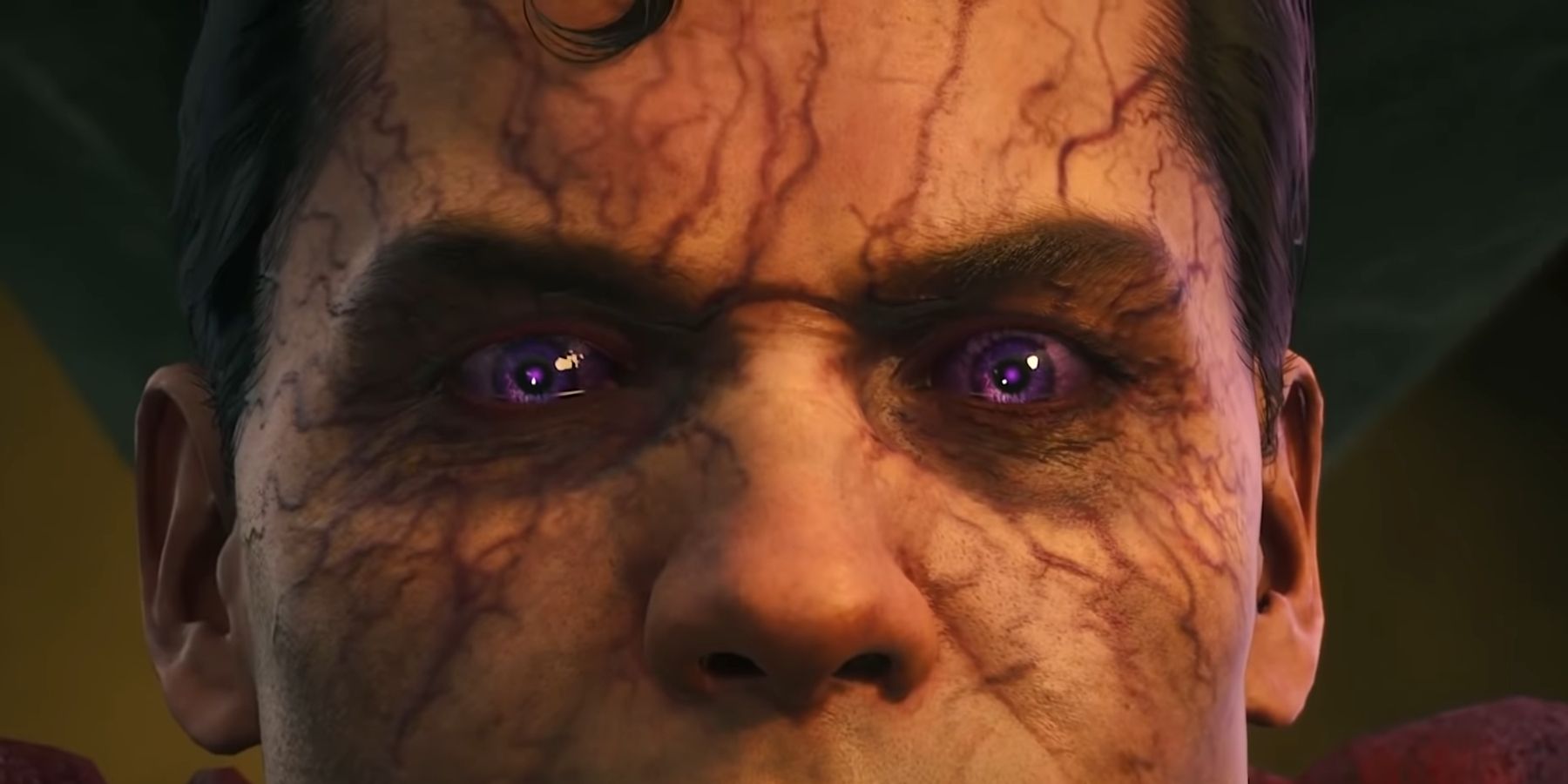The Arkhamverse has become a highly popular franchise via the seminal tetralogy of Batman: Arkham games. Its long-running continuity has made interesting narrative choices, and it is fantastic to see it continued and not retconned in Rocksteady’s upcoming Suicide Squad: Kill the Justice League.
Suicide Squad: Kill the Justice League’s title is instantaneously striking as it denotes the possibility that players will be able to battle Superman, Wonder Woman, Green Lantern, and Flash, and potentially even kill them. It is unclear how many dramatic choices Rocksteady may make in Suicide Squad: Kill the Justice League, and the subtitle may simply be for gratuitous shock value, but it would have an immense impact on the Arkhamverse’s future games if the League is indeed killed.
There is a Low Chance Rocksteady Actually Lets the Suicide Squad Kill the Justice League
Even though the alleged goal of killing the Justice League is in the game’s subtitle, it is incredibly unlikely that Rocksteady will legitimately be killing them in Suicide Squad: Kill the Justice League. Having iconic characters die is not the issue; rather, it seems like killing them is a superfluous action that Amanda Waller enlists Task Force X for, probably because she does not know that they are being mind-controlled by Brainiac.
The clearest indication that the League is mind-controlled is via a purple discoloration in their eyes and face, which ARGUS may not have noticed. Otherwise, ARGUS could be fully aware that the League is mind-controlled, but feel as though there is no way to stop them other than killing them.
The League is interestingly Waller’s priority and not Brainiac, which strangely implies that Waller believes the League is doing more harm than Brainiac, and may suggest that the former theory about her not being aware of Brainiac’s mind-control holds more weight. Either way, the game’s comedic tone also suggests that killing these characters may not be a potential action players are able to perform.
Gameplay for Suicide Squad: Kill the Justice League demonstrated that a lot of open-world traversal and combat will be met with hordes of purple Brainiac minions, leaving Justice League encounters as potential boss fights. Task Force X does not need to kill the League if they are able to free them from their mind-control, and from the looks of Suicide Squad: Kill the Justice League’s cinematic story trailer, it appears as if Wonder Woman is already freed from mind-control, or perhaps is the only League member who was able to resist it or flee from it.
Wonder Woman surely will not be pleased to see Task Force X, but she is clearly willing to assist them as she is then seen attempting to subdue Superman. Therefore, it is highly likely that League members will be subsequently freed from mind-control and not slain by Harley Quinn, Deadshot, Captain Boomerang, and King Shark.
What Future Arkham Games Could Look Like With the Justice League Gone
Regardless, it would be exciting to see Rocksteady take such drastic turns with Suicide Squad: Kill the Justice League’s narrative and kill Superman, Wonder Woman, Green Lantern, and Flash. If so, the future of Arkhamverse games could look much different.
Indeed, the aforementioned League candidates seem to compose the entirety of its current roster, as it is inferred in the Hall of Justice’s enormous character monuments. Batman has a monument erected beside Superman’s own monument in the center, but Batman’s whereabouts are more complicated as a result of Suicide Squad: Kill the Justice League’s Arkhamverse continuity.
If Batman is truly dead following the events of Batman: Arkham Knight’s Knightfall Protocol, it seems as if the League has its first deceased member. Batman could still be alive following the Knightfall Protocol, but it would rupture the continuity as it appeared that he would remain a shadowy figure to torment criminals and not become a public figure again, hence the goodbyes he shares with Barbara Gordon, Dick Grayson, Tim Drake, and Selina Kyle.
But aside from Batman, the death of other League members would also create drastic changes in terms of who is around to protect the Earth and the universe. Superman dying would create a rift in Metropolis, Flash dying would create a rift in Central City, Wonder Woman dying would create a rift in Themyscira, and Green Lantern’s death would create a rift in the cosmos.
If they are all killed, whether by Task Force X, ARGUS, or Brainiac, huge implications would be cast upon the entire DC mythology in Suicide Squad: Kill the Justice League’s Arkhamverse after it loses its greatest guardians. This could create enticing narratives where other intergalactic and interdimensional antagonists arrive in the League’s absence. Moreover, antagonists on Earth would surely capitalize on the ensuing chaos, and Lex Luthor would be a prime antagonist candidate in a sequel to Suicide Squad: Kill the Justice League.
Rocksteady’s Continuation of the Arkhamverse May Lead to New Spinoffs
If successful, Suicide Squad: Kill the Justice League could have its own trilogy or tetralogy of games similar to Rocksteady’s Batman: Arkham franchise. ARGUS could continue to enlist the same four playable protagonists or introduce new casts of antiheroes, sending them on increasingly perilous and hopeless assignments for the foreseeable future.
If the Justice League was out of the way, there would be nothing stopping other supervillains from causing calamity besides Task Force X. However, the League’s death could also open up an opportunity for other spin-offs from Rocksteady within the Arkhamverse.
Many fans were disappointed to hear that Rocksteady’s new game would not be another Batman: Arkham installment featuring a playable Dark Knight, let alone a single-player Superman game as it was previously rumored to be. Instead, Suicide Squad: Kill the Justice League is a four-player action-shooter. But that does not mean that Rocksteady cannot return to making single-player experiences in the DC mythology and Arkhamverse canon.
Rocksteady may have needed to design the League as NPC antagonists before being able to comprehensively decide how to design them as playable characters, and it is possible fans will still receive a Superman game in the future. Otherwise, other League members could also be featured as playable protagonists in their own games if they do survive, although Wonder Woman being featured in her own game from Rocksteady is highly unlikely now that Monolith is developing its own standalone Wonder Woman outside of the Arkhamverse canon.
That said, characters who are not featured in Suicide Squad: Kill the Justice League may also have a chance to appear in their own games, such as Green Arrow or Aquaman. Suicide Squad: Kill the Justice League demonstrates that Rocksteady is capable of designing playable characters with diverse playstyles, and this diversity may translate well to a team of superpowered heroes in a future Arkhamverse game. The potential is limitless whether Rocksteady kills the Justice League or not, and the Arkhamverse’s future is exciting as a result.
Suicide Squad: Kill the Justice League is in development for PC, PS5, and Xbox Series X/S.





.png)
.png)
.png)